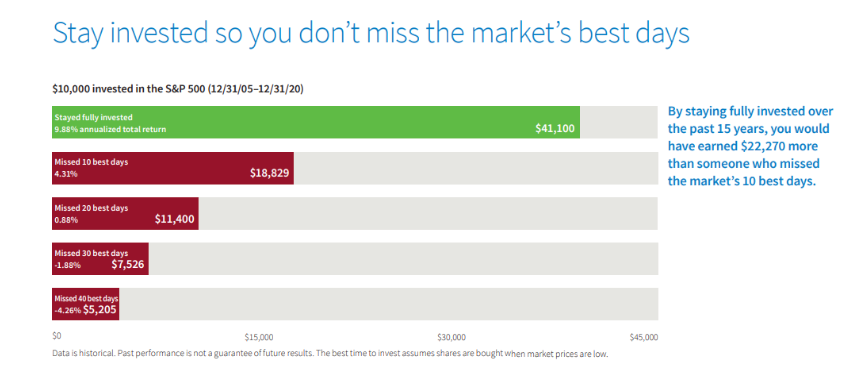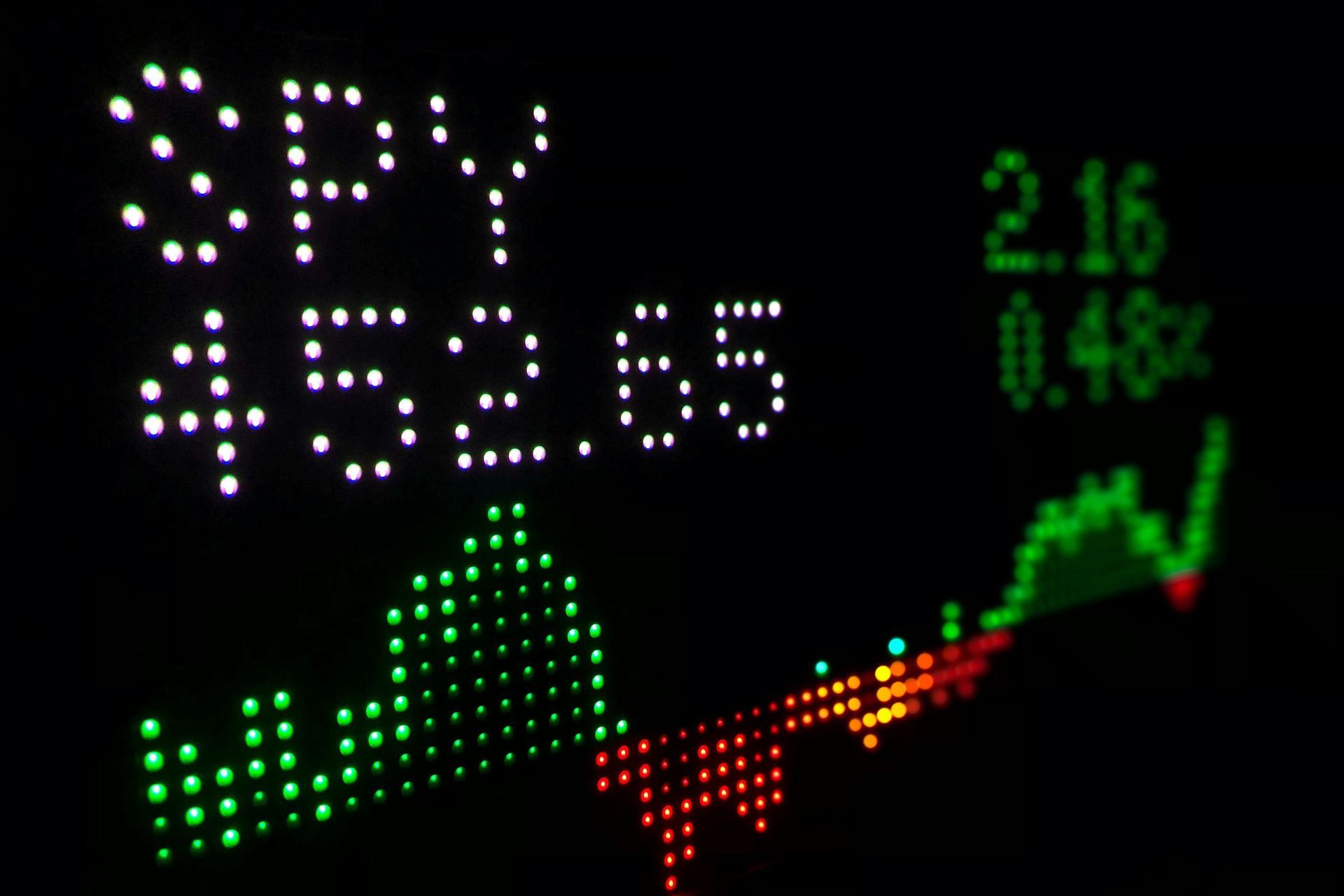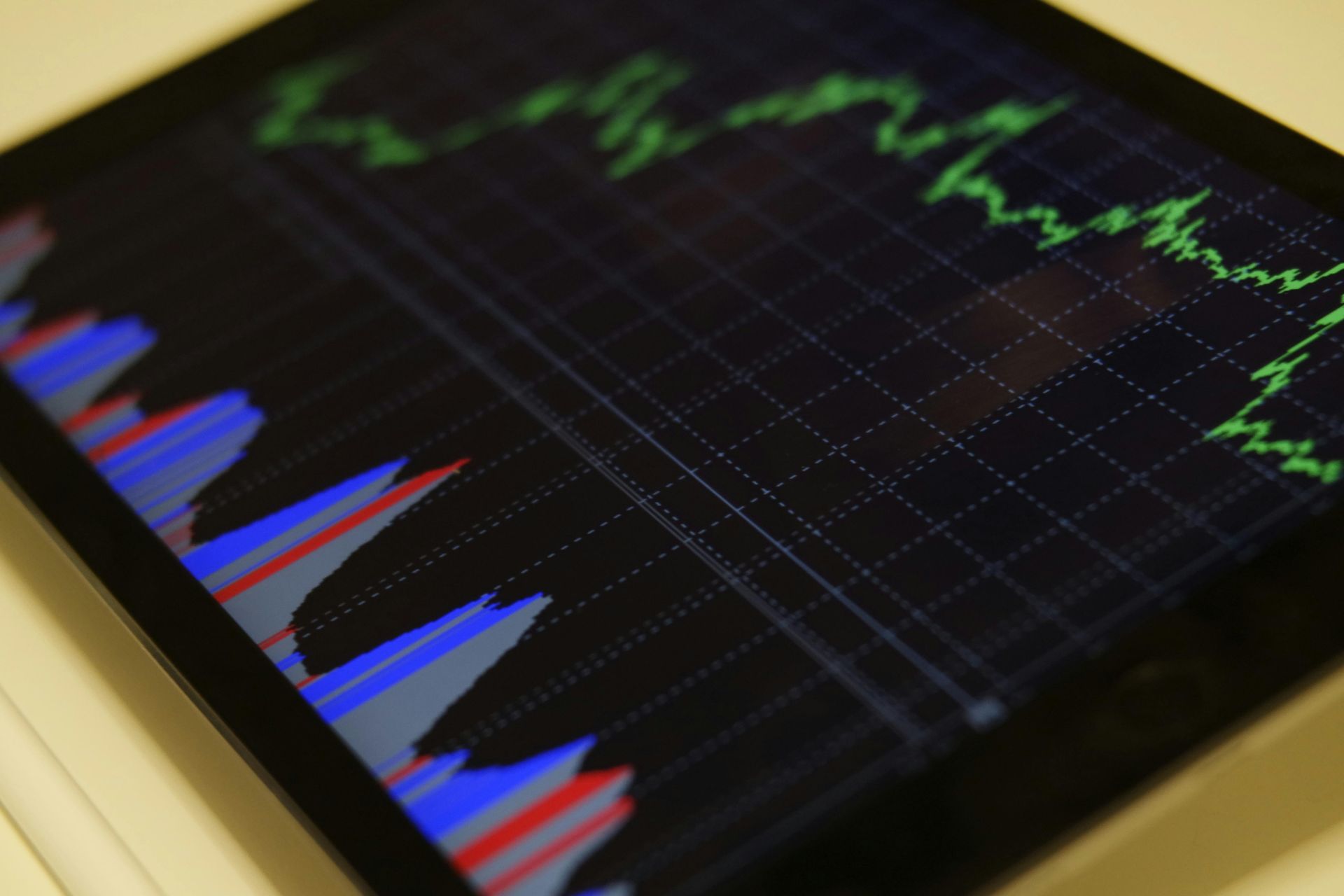Investing in a 'Record High Market'
As the S&P 500 reaches another record high, investors with significant sums of cash often wonder if they are investing at the wrong time. Having an abundance of cash during periods of impressive stock market performance can lead to “FOMO” - Fear of Missing Out - or bring indecisiveness to entering the market due to fears of buying at too high a price. While these concerns are understandable, they are rooted in guessing or speculation. Timing the market is difficult for even the most savvy investors. For those fortunate enough to have been sitting on excess cash during the 2020 pandemic, they were provided the opportunity of a lifetime to purchase equities at dollar store prices. However, in the moment, many investors aren’t willing to take on the additional risk as they see the value of their existing investments fall.
How do you overcome the temptation created by “FOMO” or the hesitancy due to the “high prices”? Rather than guessing when it’s the right time to move into stocks in one fell swoop, consider a dollar-cost averaging approach. Systematically choose a time to invest a certain portion of your investable cash over a specified period of time. This approach helps take the emotion out of investing and allows one to participate in the market upswing as well as capitalize on market lows while you enter the market. With the occurrence of another record high, investors sometimes are inclined to cash out, in doing so trading one risk (market volatility) for another (lack of growth potential). If your investment goals are long-term in nature, such as retirement, the focus of your portfolio should be on what is occurring 5, 10, or 20 years in the future not what is happening at the present.

2018 through 2019 provided a wonderful example of the potential dangers of market timing. As the S&P 500 soared to new record highs in 2018, closing at a peak of 2,930.75 on September 20th, up +8.72% for the year at that point. The market seemingly hit its ceiling. If an investor cashed out that day, they were probably feeling pretty good about their decision as the S&P 500 went on to experience its worst December loss dating back to 1931 and finished the year down -6.2%. The investor who capitalized by selling at a record high and didn’t re-enter the market until 2020 would have missed out on 35 record highs for the S&P 500 in 2019. Moving forward, while 2020 was both extraordinarily challenging and positive for the stock market, numerous highs were experienced pre and post pandemic. Stock market indices continue to experience new highs in 2021. We’ve seen new record highs throughout the history of the stock market and anticipate new highs in the future - enter your normal investing disclosure that past performance does not indicate future results. The key is to have a plan and be mindful of risk with diversification as a centerpiece of one’s investment philosophy.
Friendly reminders as the extended tax season winds down:
Contributions to your Roth IRA or Traditional IRA, up to $6,000 per person or ($7,000 if you are 50 or older), can still be made for 2020 until May 17th. This is due to the IRS extending 2020 tax filing dates to May 17th as well.
Required minimum distributions (RMDs) from your IRA will resume in 2021 for those who turned 72 by the end of 2020. For those who are charitably inclined, a qualified charitable distribution from your IRA as a result of your RMD, benefits both the charity and is generally non-taxable to the IRA owner.
The information provided above should not be considered an individualized recommendation or tax advice. Consult your tax advisor for more information regarding your particular situation.
If you have questions or concerns about your individual situation, please don’t hesitate to contact us.












